Color is simple, right? Black is black, red is red and white is white. Well, not always.
Continue readingThree Essential Marketing Tactics for Hospitality Brands
1. Integrate the influencers
In this era of diminishing trust, the public craves authenticity. This is reflected in the massive growth of a hospitality marketing tactic that recently established itself and is expected to experience five times more growth by 2021– influencer marketing. Rather than sticking to the basic ad placement that’s blatantly meant to sell, influencer marketing creates a sense of sincerity. The influencer isn’t seen as some big corporation looking to make money, but rather as an admired friend that’s looking to inform their followers about a great product or destination that they think they’ll enjoy.

Influencers are now widely used in campaigns, but there are a few important steps you need to take prior to introducing an influencer into your hospitality brand’s campaign.
- Assess the campaign goals as well as the overall goal of the brand
- Analyze the influencer’s audience
- Evaluate the type of content the influencer posts to see if it will actually aid in achieving your brand’s goals (i.e. geotagging, hashtags, tagging, shots of the hotel/destination)
- Most importantly, track the levels of engagement between the influencer and followers
After assessing your goals and properly vetting the influencer, communicate your goals to the influencer. Don’t simply offer money or free product to the influencer in exchange for specific content. Instead, collaborate with the influencer to ensure they understand the mission of your brand and empower them to create the content that will resonate with their followers the best. This process results in content that feels more genuine and is more appropriate for the target audience.
2. Freshen up your storytelling
With the plethora of channels used by consumers to share and exchange information, it’s getting harder and harder for a hospitality brand’s content to stand out. Yes, being an outstanding writer is important, but what communicators now have to consider is how to best present their message to the audience in a fun, creative and visual way. Luckily for us, there’s a variety of exciting new storytelling tools at our disposal. From virtual reality to drones to infographics to 360 ° cameras, take advantage of these tools to create unique stories that immerse the viewer and hint at the kind of experience they will have if they choose your hospitality brand.
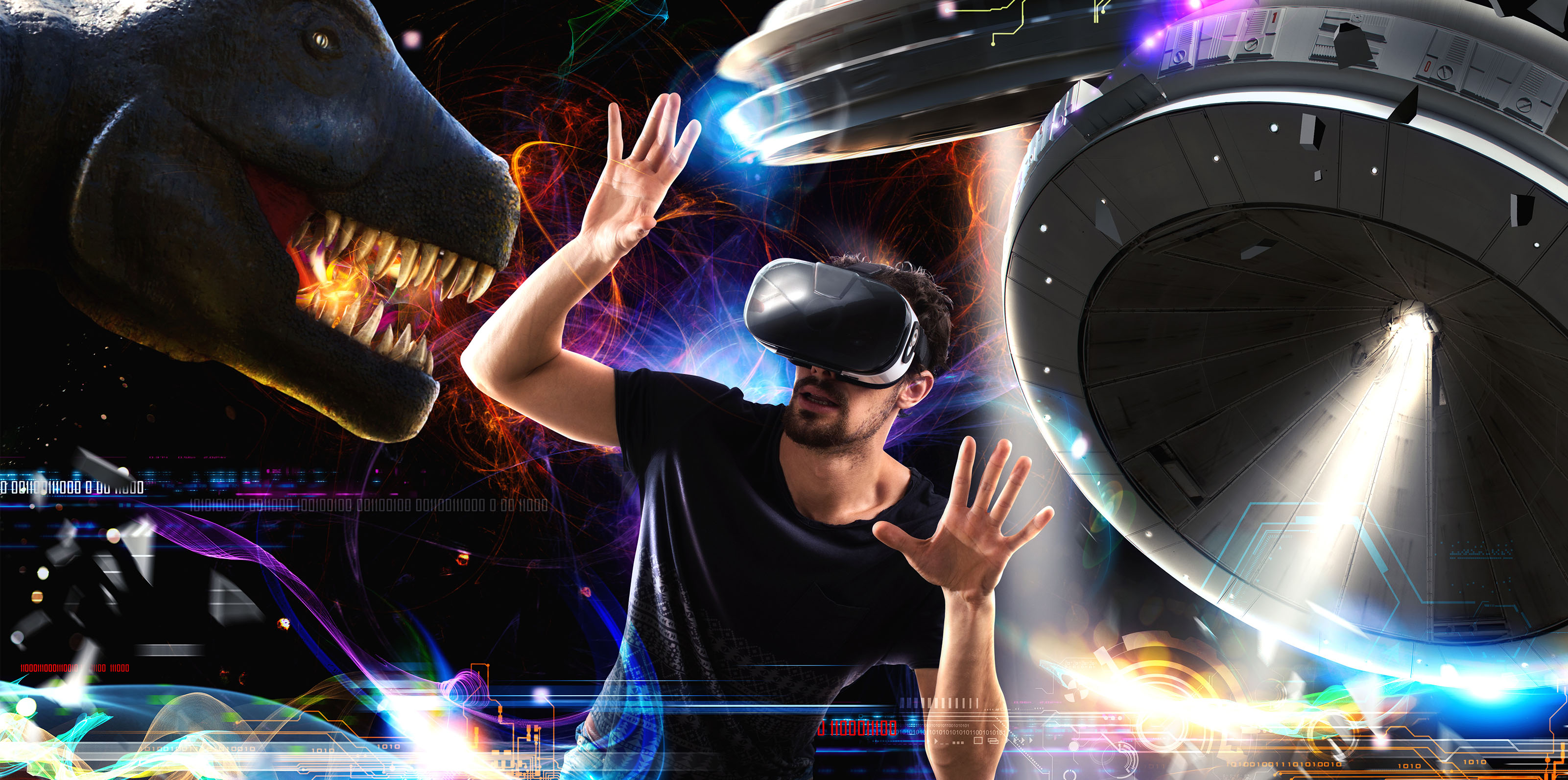
The point of using these technologies is to help spark a feeling about your brand through content. The ultimate at doing this is Disney. Instead of focusing on specifications and features – X number of beds, X amenities, $X per night, etc. – you should be focusing on the experience they deliver and the emotions surrounding it.
Sidenote, if you’re interested in hearing more about how to use 360° cameras in your campaign, read this post by WOC President and Founder Julie Wright.
3. Listen and engage
Two-way communication has never been more important than it is today. Users are not only consuming content, but they’re also creating it. Not only does user-generated content remove some of the hassle of creating original content, but it also creates a feeling of authenticity. Plus, an unpaid consumer sharing their experience with your brand is third party validation just like great media coverage.
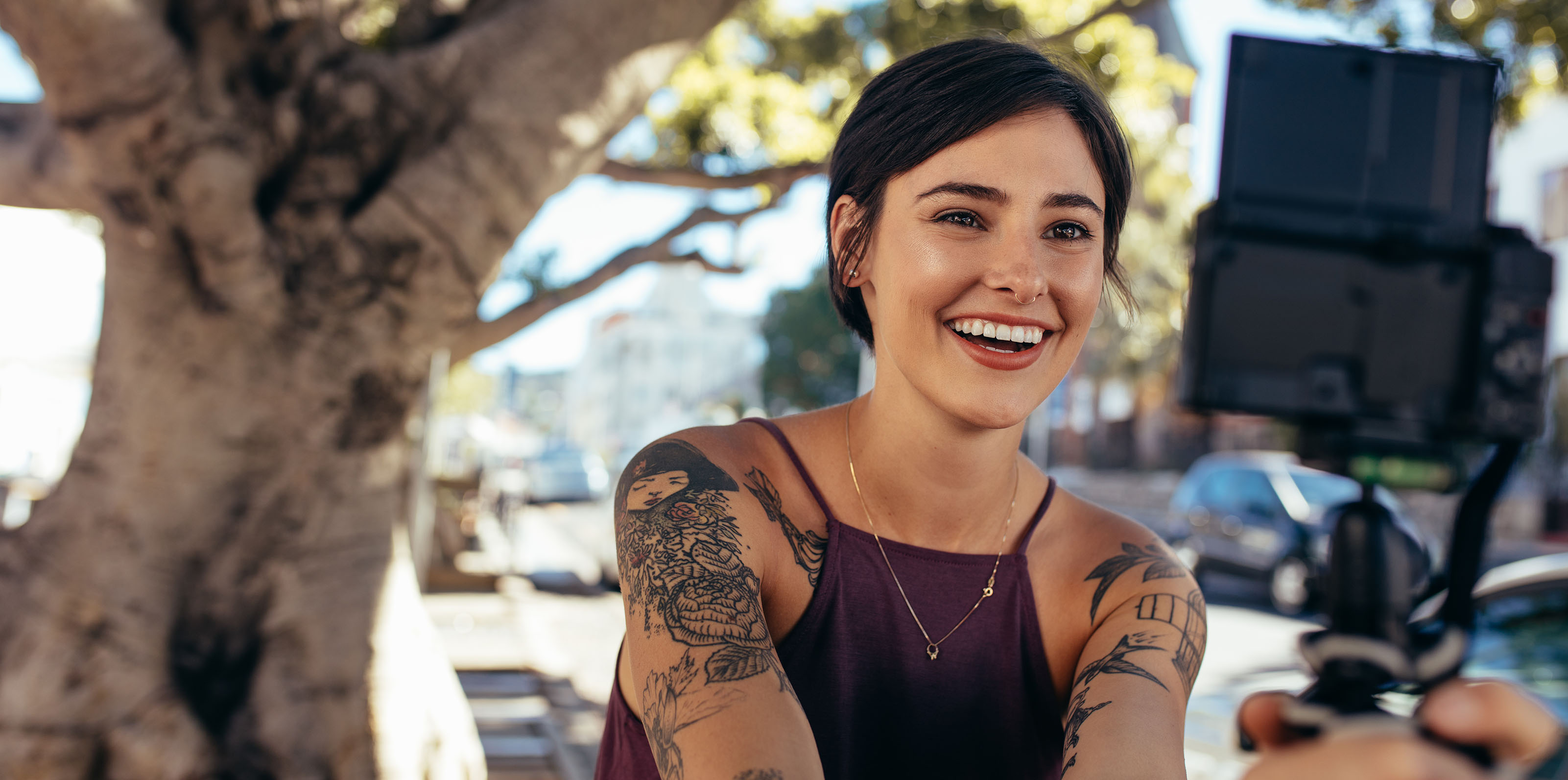
Take advantage of this user-generated content and find ways to include it in your communications strategies. To find this content, deploy social listening campaigns. Through social listening, hospitality brands are able to spot content where they’re featured and identify what’s being said about them. An excellent social listening tool is Hootsuite, which enables you to link and create dashboards for multiple social platforms that show streams of mentions, comments or shares so you can quickly and easily share or respond.
Natalia Xibille —Communications Coordinator
PR professionals can use 360° cameras for visual storytelling
By Julie Wright —President
Twitter: @juliewright
We recently moved our San Diego head office into a beautiful new space. I couldn’t wait to share it with the world. There was just one problem. Our new setting needed to be experienced rather than described or shown. Words either fell flat or came off as braggadocious and standard photos and video weren’t capturing the scene I wanted to depict.
How could I share our agency story so people could experience virtually what our team was experiencing in real life?
Inspired by a recent journalism presentation I attended on immersive storytelling, I realized that, as a PR professional, I could use 360° cameras for visual storytelling too—in fact, a 360° camera was probably the perfect solution for my quandary. So, I began browsing Amazon for options and settled on the Samsung Gear 360.
For $99, this camera shoots in 4K, has a microphone and takes photos and videos plus time lapse, live video and HDR landscape images. It has two lenses–one in the front and the other in the rear. You can shoot from just one lens for an extra wide angle, panoramic-style still or video. When you use both lenses, the camera’s software stitches the images captured by each lens together to create a seamless 360° view of your surroundings.
Why Go With a 360° Cameras for Visual Storytelling?
Visual storytelling is more important than ever. In the information economy, the scarcest commodity is attention, and visuals are the most economical vehicle for communicators to get their points across.
That’s because the brain can process visual information—or at least recognize a concept—in as little as 13 milliseconds, according to MIT research released in 2014. (By comparison, it takes 400 milliseconds to blink an eye.)
Through strategic design, motion graphics and video, today’s storytellers can convey a message or create a feeling in their target audience “at a glance”—and a glance may be all you have. The visual draws your audience’s attention and makes them care long enough to read the rest of your message or material. Additionally, visual content is highly correlated with recall. An audience exposed only to text or spoken word could recall 10 to 20 percent of the content after three days. With visuals, audience recall rose to an average of 65 percent. (For more on visual storytelling, check out our most recent newsletter.)
There’s a hierarchy at work: still images outperform text, motion graphics outperform still images, video outperforms motion graphics and live experiences outperform video. As an experiential form of video, 360° cameras for visual storytelling can bridge that gap between stills, videos and experiences.
Social media stories (videos with animated gifs and virtual reality filters like Snapchat’s and Instagram’s) illustrate this hierarchy perfectly as they have nearly overtaken traditional feed posts as the new preferred medium for social sharing.
And news outlets have embraced 360° storytelling too with The New York Times, Associated Press and others using this technology to immerse their readers and viewers in their reports from the field.
360° Cameras Are Not Just for Photographers
Don’t be afraid to use this technology. I wouldn’t call myself a technophile by any stretch of the imagination. I hate reading user manuals and expect my tech to be intuitive to use right out of the box. That said, the instructions for the Samsung Gear 360 were straightforward and easy to digest.
After charging the device; I downloaded the app on my Samsung S9 (an iPhone app is also available), inserted a memory card (sold separately), connected my phone via Bluetooth and started taking photos and videos using my phone to control the device and to store the images too.
Learn By Doing
You’ll want to get familiar with the camera’s features. Give yourself the opportunity to learn what works and how to get the best images when you’re not under pressure or on the clock. Set aside some time and space to play with your new toy. You’ll quickly see for yourself what each mode can do. Below are some examples that I shot from our San Diego and Los Angeles offices and a few from my summer visit to Honolulu:
360° Photo: Using One Lens Only for a Panoramic Effect
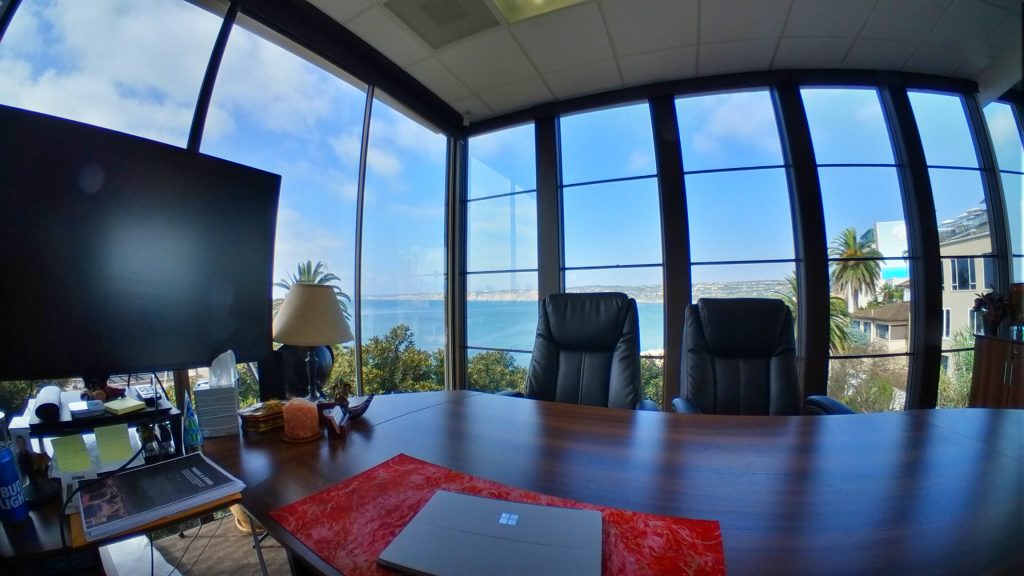
360° Photo: Using Both Lenses for Full 360° Still Image
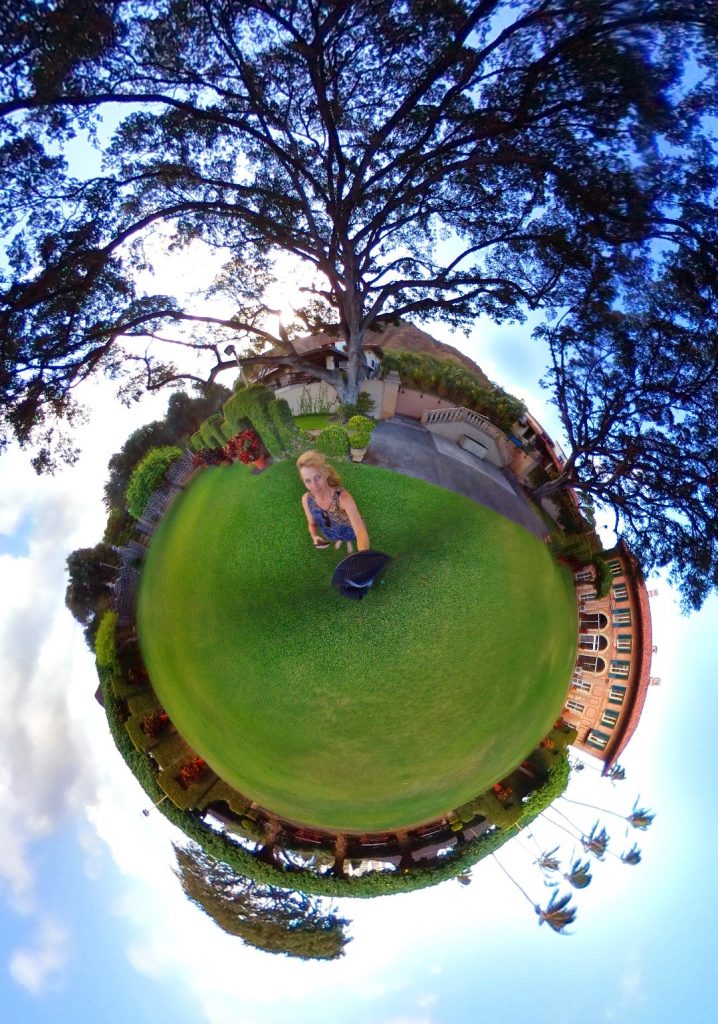
360° Video: Using Both Cameras for a Full 360° Experience
Click and drag your cursor to experience the agency’s La Jolla office from all directions!
360° Time Lapse: An IABC Los Angeles Chapter Meeting
Click the image and drag your cursor to see who’s at the table!
360° Time Lapse: Walking through Waikiki
These 360° images become interactive when uploaded directly to Facebook. Your followers just need to tip, tilt and turn their mobile handset to view the image from all angles. Here’s an example—if you’re reading this on your mobile device, click on the link and give it a try.
Don’t Be All Thumbs
Your thumbs and fingers might wind up in your 360° shots because the 360° view is so wide.
To keep your thumbs out of the shot, secure the camera on a slender extendable mount of some kind. I found that a light stand worked perfectly. I also tried a stabilizer I had been using for taking standard video with my smart phone, but its mount was too chunky and showed up in the shot. Most light stands have a simple screw at the top upon which the Samsung Gear 360 model fits securely. Light stands are generally very lightweight, collapsible and inexpensive.
Ultimately, I also purchased a short, lightweight tripod that I can also hold in my hand to keep my fingers out of the image and which is easier to travel with.
Once the camera is mounted on a tripod, you can control it from a distance using your Bluetooth-connected phone. That means that you can place the camera to capture a scene and then go pose for the shot. With the camera’s timer mode, you can also set up a shot and give yourself a few seconds to put your camera down and get yourself or your group into position.
If you’re holding the device in your hand, you’ll be happier with the results if you look up at the camera and say “cheese” or, as explained above, place it on a tripod and operate the camera at a distance with your smart phone for a less posed shot.
Be Mindful With Motion
With the 360° video setting, the immersive nature of a moving image can be a bit disorienting. A gimbal device can be used to create a more professional, totally stabilized image or video.
But even without additional stabilizing accessories you can capture motion elegantly.
First, place the camera on a tripod so that it’s perfectly still. Allow the camera to capture the motion around it. That will give the viewer the sense that they’re immersed in the action without the distraction of jarring camera movements.
Second, make use of the time lapse setting. Hold the camera at a distance on a narrow stabilizer and slowly move through the scene that you’re seeking to capture. Because the final image will be considerably sped up, any jerky motions won’t be visible. This effect creates a fun, high-energy image and can really boil a scene or experience down into mere seconds for at-a-glance communication.
Third, combine a tripod with the time lapse feature. Using the tripod, take a time lapse image of the surroundings. If the experience you’re trying to capture is something like an event getting set up, a streetfront or bustling beach scene, this combination will immerse your viewer in that place and convey the scene in mere seconds.
Depending on the 360° product you’re using, it may have a “Stabilize” setting, which, in the case of the Gear 360, automatically corrects shaky or tilted photos and videos. If you’re uploading to YouTube to share your footage, you can also toggle YouTube’s Auto-Fix or Stabilize Video options in its Effects menu before publishing.
Ideas for PR Pros to Use a 360° Camera for Visual Storytelling
The uses are manifold! Essentially, anytime you want your audience to feel or experience something remotely or virtually, 360° video or stills are a great tool in your communicator’s toolkit.
Hospitality PR pros can bring prospective guests and media right into the property’s lobby or immerse them in a nearby visitor attraction. A technology public relations team can bring the trade-show floor or their CES booth to life. And imagine doing that as a behind-the-scenes Facebook or Instagram live video to tease your booth or product launch? If you’re in entertainment PR, this technology is perfect to immerse your audience in a red carpet or festival experience.
I’m most excited by this technology for nonprofit visual storytelling. Putting your donors in the environment of the people, places or pets that their philanthropy helps can be incredibly powerful. A hospital foundation can show the new wing or equipment that its donors helped fund, a food bank can show its empty shelves ahead of a food drive and a nature preserve can share a time lapse with hikers, wildlife and passing clouds to encourage public support.
All of the above are perfectly suited for social media engagement too. And with Facebook and YouTube supporting 360° video, you can use these social networks to share your immersive visual stories.
What to Budget
If you’re ready to try a 360° camera for visual storytelling, you can buy one for about the same price as a 164 GB storage card, and you’ll likely need both, so budget at least $200. While you might be able to save $20 by buying a smaller memory card, why have regrets when you run out of storage capacity in the middle of a video shoot?
A light stand as a tripod may run you a minimum of $20 and a handheld stabilizer about $15 to $500 depending on how fancy you want to get.
I also upgraded the storage card on my phone to make sure I would not run out of storage space as I began accumulating more large video files. And the Landscape HDR mode images are quite large too – but beyond worth it. (I never want to take a standard landscape photo again!)
Conclusion
If you do go for it (or are already producing 360° video and immersive stories for your client or company), I’d love to hear about your experiences or see your work. Share with me on Instagram at @juliewrightPR or see our agency’s feed at @wrightoncomm. I can’t wait to see how others are using immersive storytelling to earn attention and drive interest in their messages.
And if you’re not yet but would like to bring a 360° influencer to your site or work with an agency that is embracing new methods to bring your story to your audience, please contact us at info@wrightoncomm.com.
The results will be well worth it!
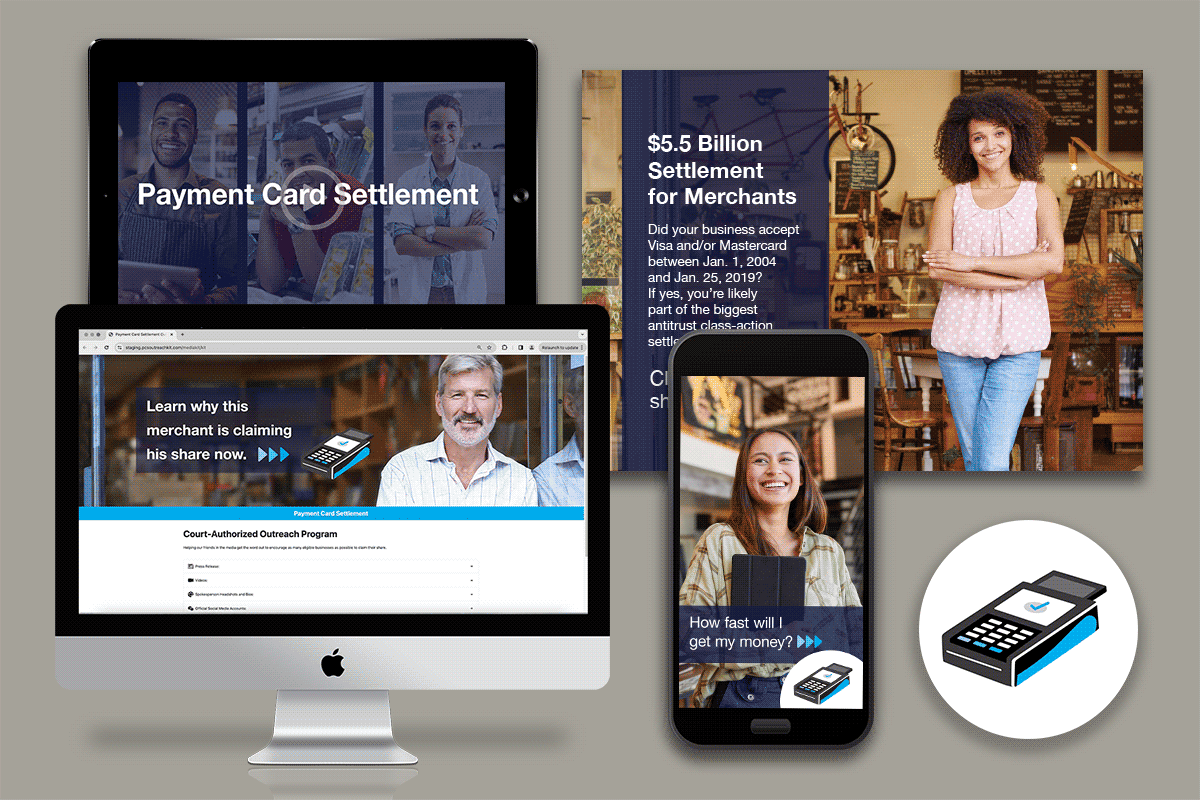
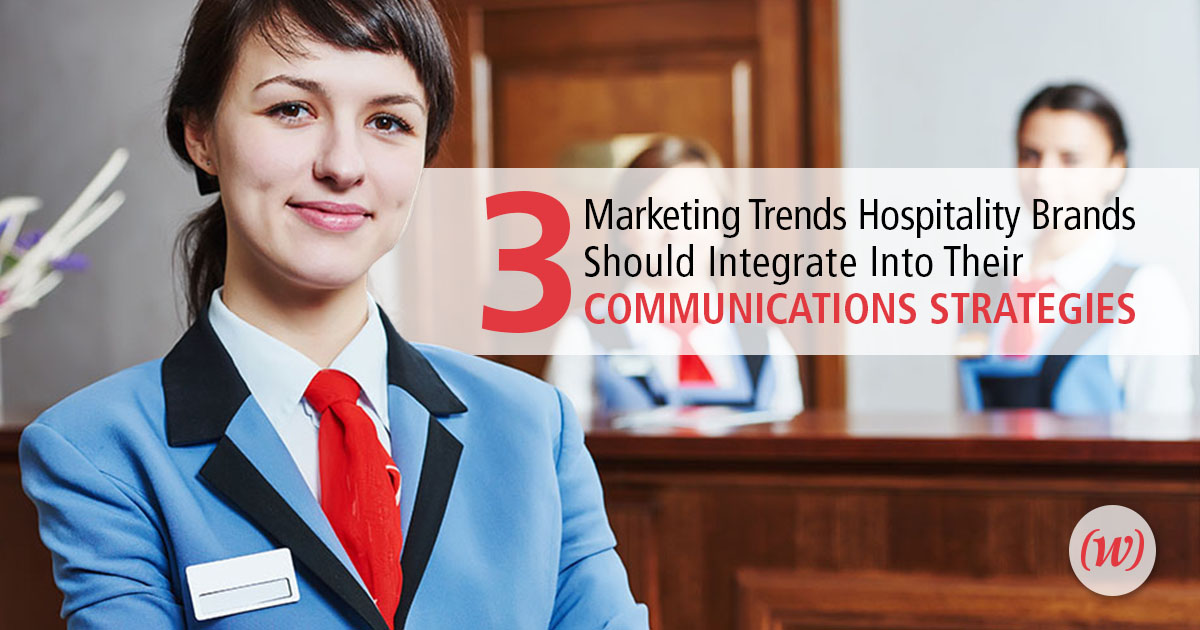
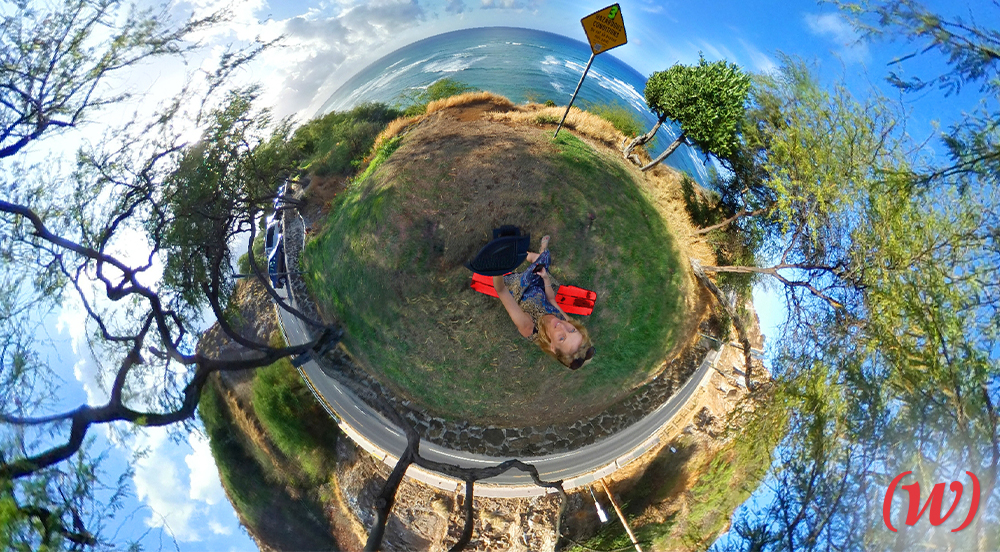










 Grant Wright
Grant Wright Corie Fiebiger
Corie Fiebiger
 Shae Geary
Shae Geary Phelan Riessen
Phelan Riessen Katrina Early
Katrina Early Hamish Marshall
Hamish Marshall